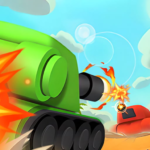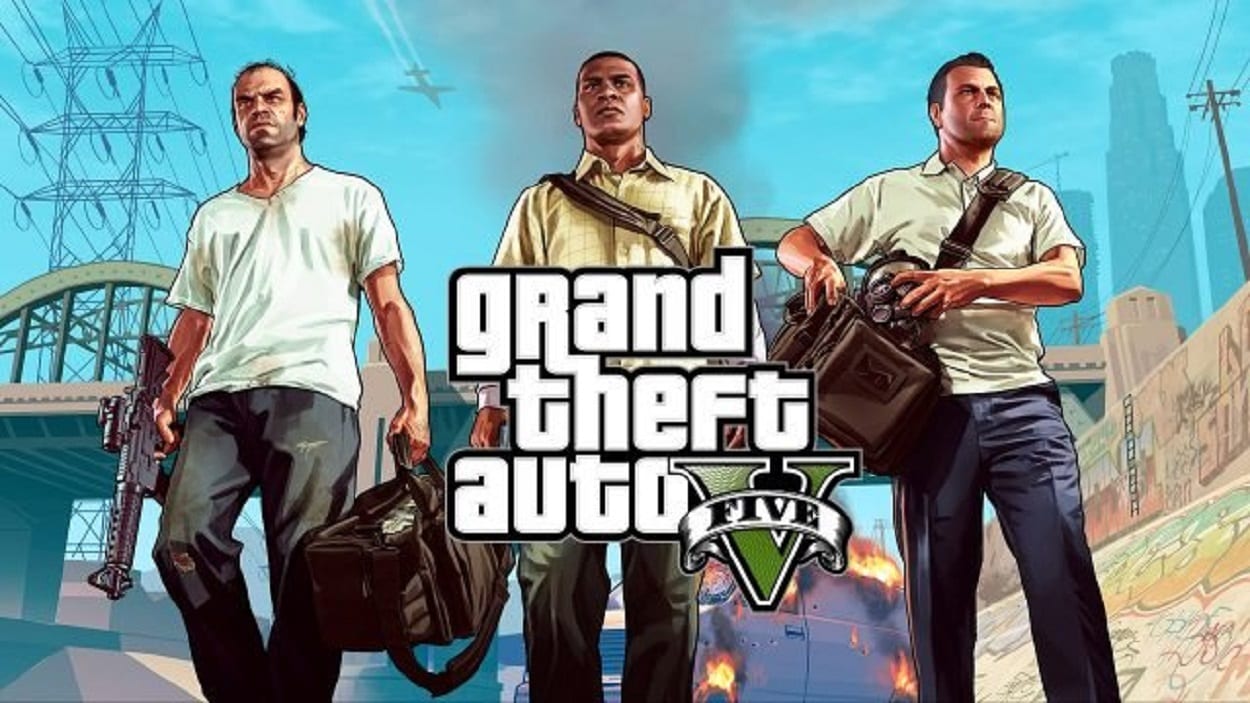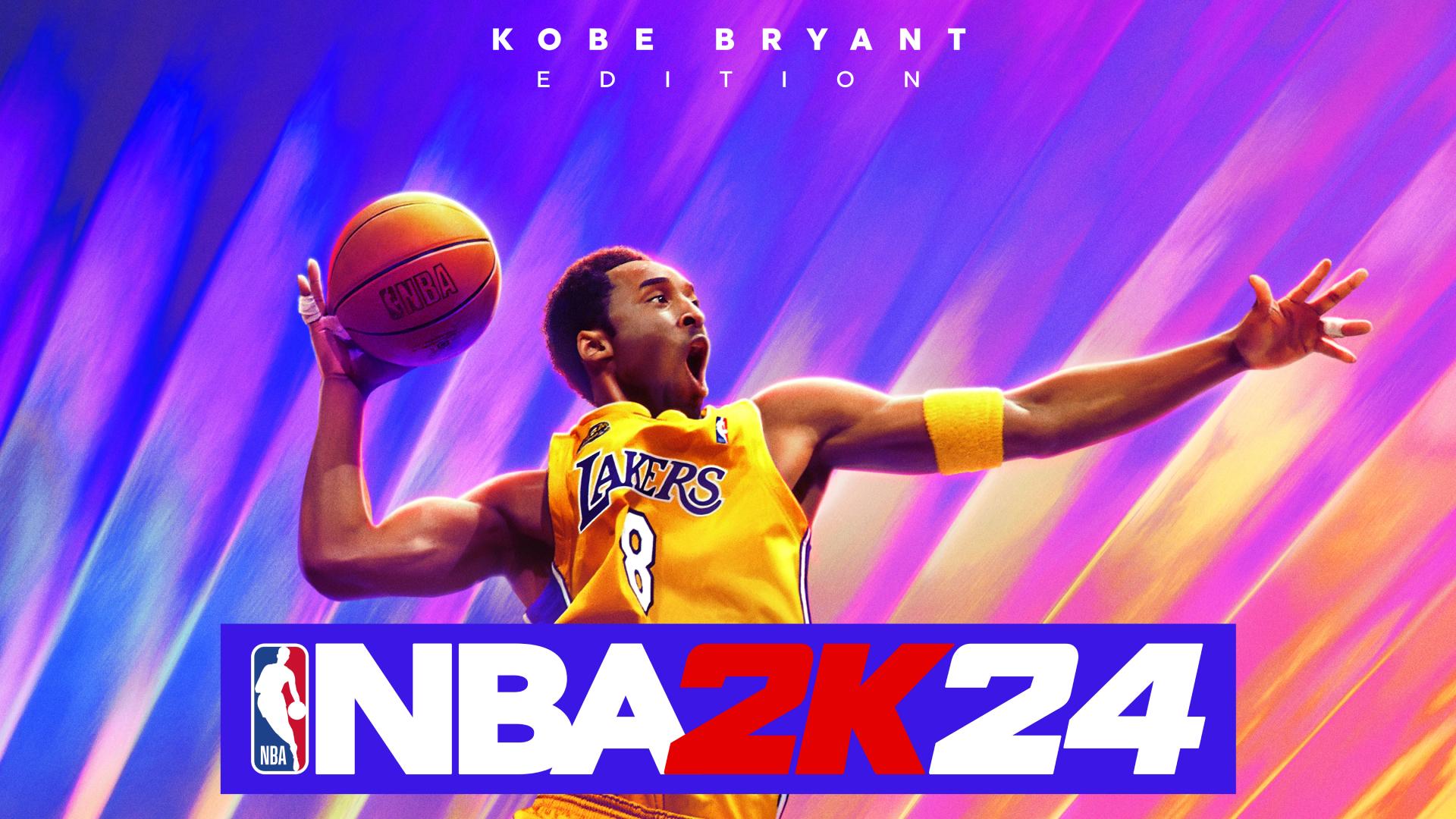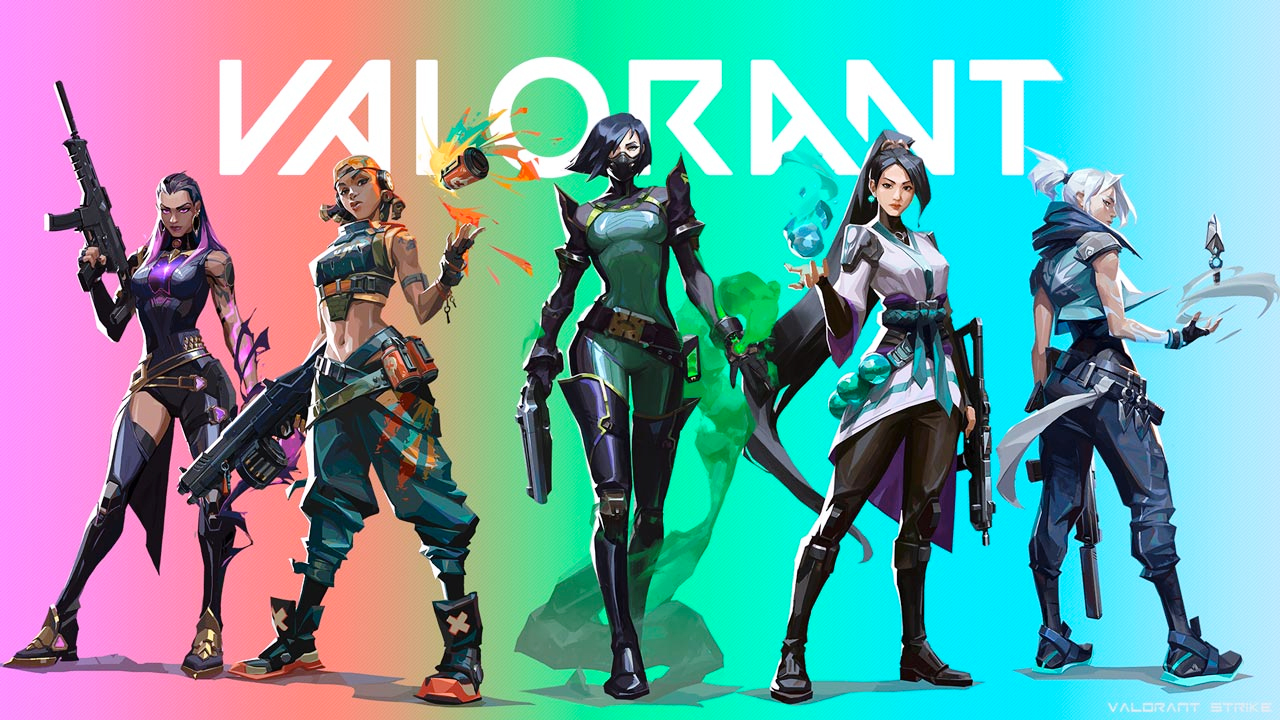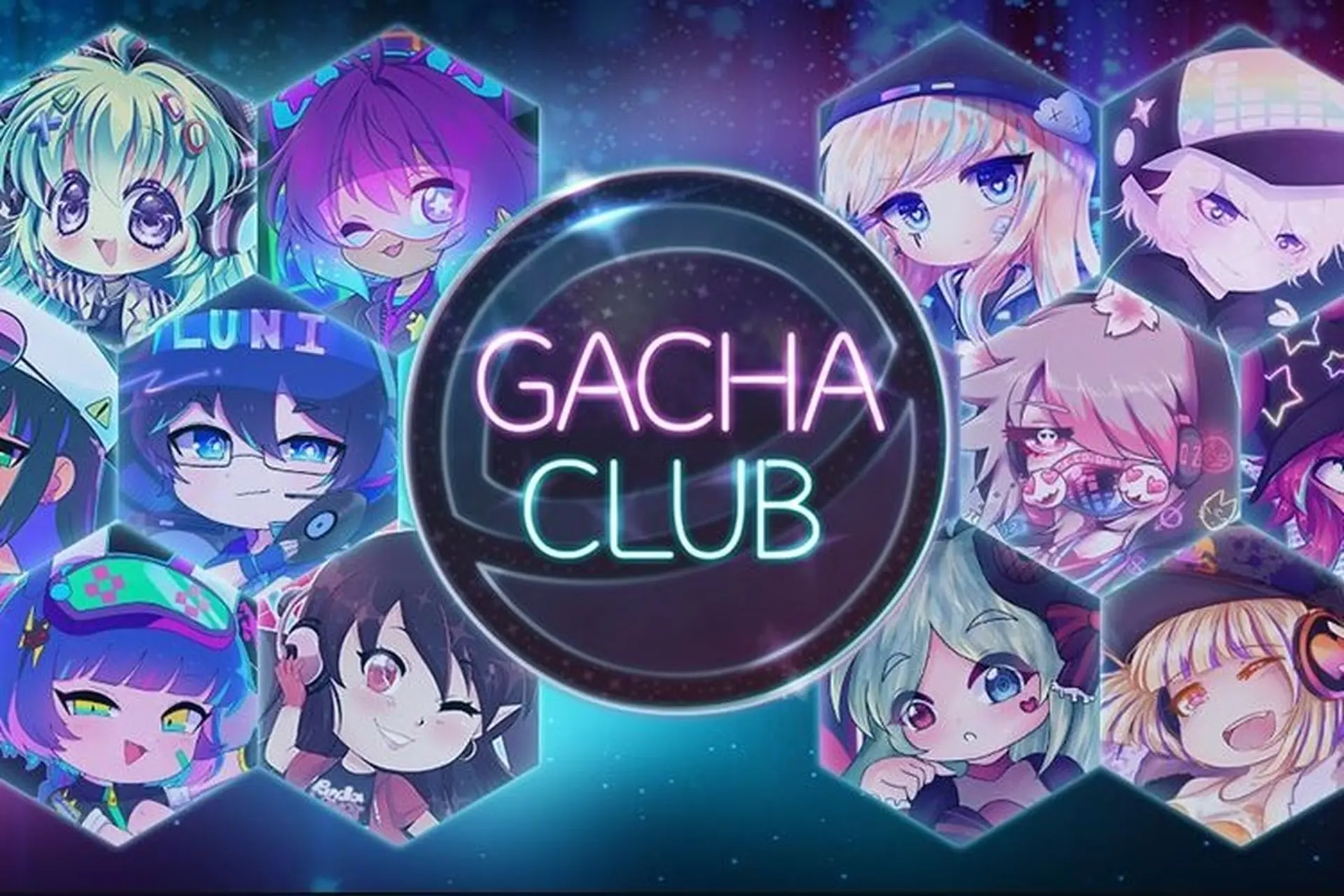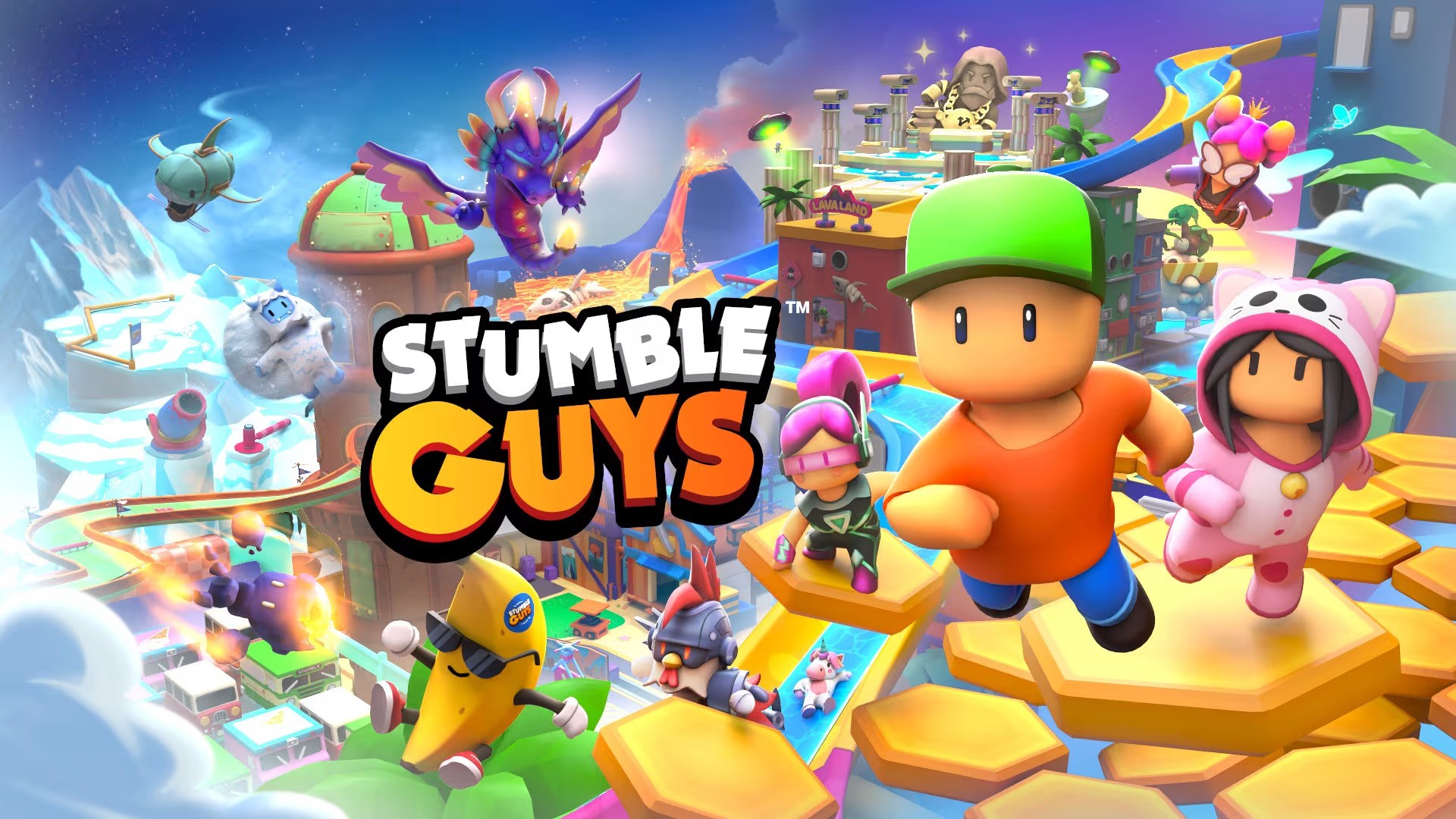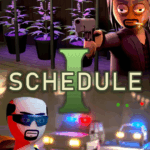VALORANT – THE TACTICAL SHOOTER THAT REDEFINED ESPORTS COMPETITION
Introduction: Riot Games Enters the FPS Arena
When Riot Games, the studio behind League of Legends, announced in 2019 that it was creating a competitive tactical shooter, the gaming world held its breath. Enter Valorant, officially released in June 2020—a free-to-play 5v5 character-based shooter that blends precision aim with strategic ability usage.
From the outset, Valorant was marketed as a serious rival to Counter-Strike: Global Offensive. It featured tight gunplay, utility-based tactics, and a ranked mode designed for highly competitive environments. But Valorant wasn’t just a clone—it was a reinvention. By combining the mechanical mastery of traditional FPS titles with the flair of hero-based games like Overwatch, Riot delivered a hybrid experience that has since exploded in both player base and esports recognition.
Let’s dive deep into how Valorant was built, evolved, and cemented its place as a modern tactical shooter phenomenon.
The Origins of Valorant: Riot’s New Vision
Project A Becomes Valorant
Before its name was revealed, Valorant was teased under the codename Project A. Riot Games promised a shooter built on three pillars: precise gunplay, strategic depth, and server stability. While many expected a safe formula, what emerged was a game that challenged established norms in competitive shooters.
Engineered for Competition
Riot prioritized performance. Valorant was designed to run at high frame rates even on low-end PCs, with 128-tick servers and aggressive anti-cheat measures in place from day one. These backend investments weren’t just technical—they were strategic, signaling that Valorant was built for esports excellence from the ground up.
The Core Gameplay: A Marriage of CS and Abilities
Tactical Foundations
At its heart, Valorant plays similarly to Counter-Strike. Teams of five alternate between attacking and defending. Attackers plant a spike (bomb), defenders try to stop them. One life per round, economy-based buy phases, and maps with chokepoints and angles make it all feel familiar.
Abilities That Enhance, Not Overpower
Where Valorant diverges is in its roster of Agents—each with unique abilities. Whether it’s Sage’s healing, Jett’s dashes, or Sova’s recon arrow, these tools offer tactical advantages without replacing the importance of gunplay. Riot walked a fine line between shooter and MOBA, and it paid off.
Agent Design and Role Diversity
Duelists, Initiators, Sentinels, Controllers
Each Agent fits into one of four categories:
-
Duelists are entry fraggers (e.g., Reyna, Phoenix)
-
Initiators create space and disrupt enemies (e.g., Sova, Fade)
-
Controllers shape the battlefield with smokes or terrain denial (e.g., Brimstone, Viper)
-
Sentinels anchor sites and support allies (e.g., Sage, Killjoy)
This categorization helps players understand their roles, improving team synergy and composition strategy.
New Agents and Constant Evolution
Riot regularly adds new Agents, each bringing fresh mechanics. The introduction of characters like Chamber and Iso shows that Valorant isn’t afraid to redefine what a tactical shooter can be.
Maps: Competitive Design Meets Creative Layouts
Map Philosophy
Valorant maps are small, focused, and built around competitive principles. Each one includes multiple lanes, elevation levels, and chokepoints. They’re designed for tight engagements and clever utility usage.
Innovative Map Features
Maps like Bind have teleporters, Fracture has dual attacker spawn points, and Lotus features rotating doors. Riot continuously experiments with map structure while maintaining balance—something many shooters struggle to do consistently.
The Competitive Ladder and Ranked Play
Climbing the Ranks
Valorant’s ranked system ranges from Iron to Radiant. Progression is based on performance, win/loss, and match influence. Players feel a real sense of growth, especially with visible rank ascension each act.
Smurfing and Matchmaking Challenges
Despite Riot’s efforts, smurfing (experienced players on new accounts) and occasional unbalanced matchmaking persist. Still, the ranked ladder remains one of the most engaging aspects of the game for serious players.
Esports and the Valorant Champions Tour (VCT)
A Global Competitive Ecosystem
Launched in 2021, the VCT structured Valorant’s esports scene into three tiers: Challengers (regional), Masters (international), and Champions (world championship). With official Riot backing, VCT quickly rose to prominence.
Partnered Teams and Franchising
In 2023, Riot introduced a franchised partnership model with 30+ teams across three regions (Americas, EMEA, Pacific). Unlike traditional franchising, Riot doesn’t charge teams upfront, encouraging diverse participation and sustainability.
VCT’s Rise in Viewership
Tournaments like Valorant Champions 2022 and 2023 broke Twitch viewership records, showcasing the game’s massive appeal. Top-tier teams like FNATIC, LOUD, and Paper Rex have become household names in the competitive scene.
Visuals, Sound, and Game Feel
Sleek but Accessible Design
Valorant doesn’t chase photorealism. Instead, it uses clean, stylized visuals that prioritize clarity over flashiness. Enemies are easy to spot, ability effects are readable, and every visual choice supports gameplay over spectacle.
Sound as a Strategic Tool
Footsteps, reloading, and ability usage all have distinct sounds that impact decision-making. High-quality directional audio is key to competitive play and often determines who wins a clutch situation.
Skins, Cosmetics, and Monetization
Premium Skins and Battle Passes
Valorant is free-to-play, but Riot earns revenue through weapon skins, bundles, and a battle pass. Some skins feature unique animations, sound effects, and even kill banners. Collections like Elderflame, Prime, and Ion are legendary within the community.
Price Controversies
While visually stunning, skin prices can be steep—sometimes $80 or more for full bundles. This has sparked ongoing community debate around monetization and affordability.
Community, Streamers, and Fan Culture
Twitch and Content Creation
Streamers like TenZ, tarik, Kyedae, and Shroud have helped popularize the game beyond esports. Content ranges from ranked climbing to custom game modes and memes. Riot also supports community tournaments, enhancing grassroots appeal.
Toxicity and Player Behavior
Like most competitive games, Valorant struggles with in-game toxicity. Voice comm abuse, trolling, and AFK players are frequent complaints. Riot’s voice moderation and reporting system continue to evolve but haven’t solved the issue entirely.
Valorant’s Future: New Frontiers and Expanding Horizons
Upcoming Modes and Platforms
Riot has announced a team deathmatch mode and ongoing efforts toward bringing Valorant to consoles. Cross-platform functionality is being considered, though careful balancing is essential to preserve fairness.
Narrative and Lore Integration
Through cinematic trailers, Agent dossiers, and in-game easter eggs, Riot has crafted a growing universe. Stories of Kingdom Corp, radianite, and Agent backstories add depth for lore enthusiasts.
A Game Built to Last
With frequent updates, new Agents, maps, and balance patches, Riot shows no signs of slowing down. Valorant isn’t just a competitive shooter—it’s a constantly evolving ecosystem, built for the long haul.
Conclusion
Valorant succeeded where many have failed. It entered a crowded FPS market and managed to innovate, balance, and grow a massive player base within just a few years. Combining razor-sharp gunplay with intelligent utility usage, it rewards strategy, coordination, and individual skill. With its esports scene thriving, a powerful content pipeline, and one of the most dedicated development teams in gaming, Valorant has solidified its position as the future of tactical shooters.

















